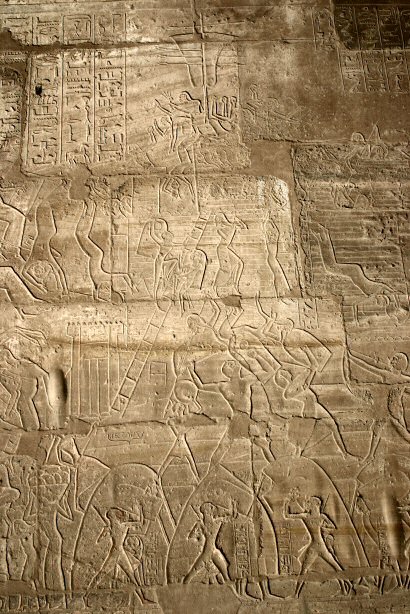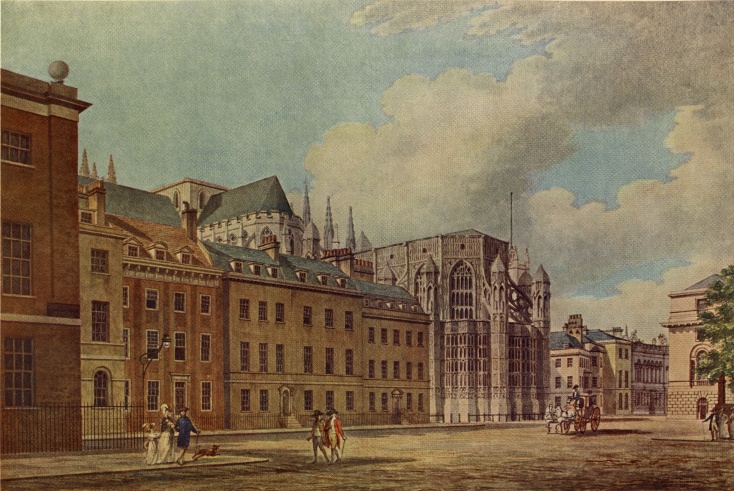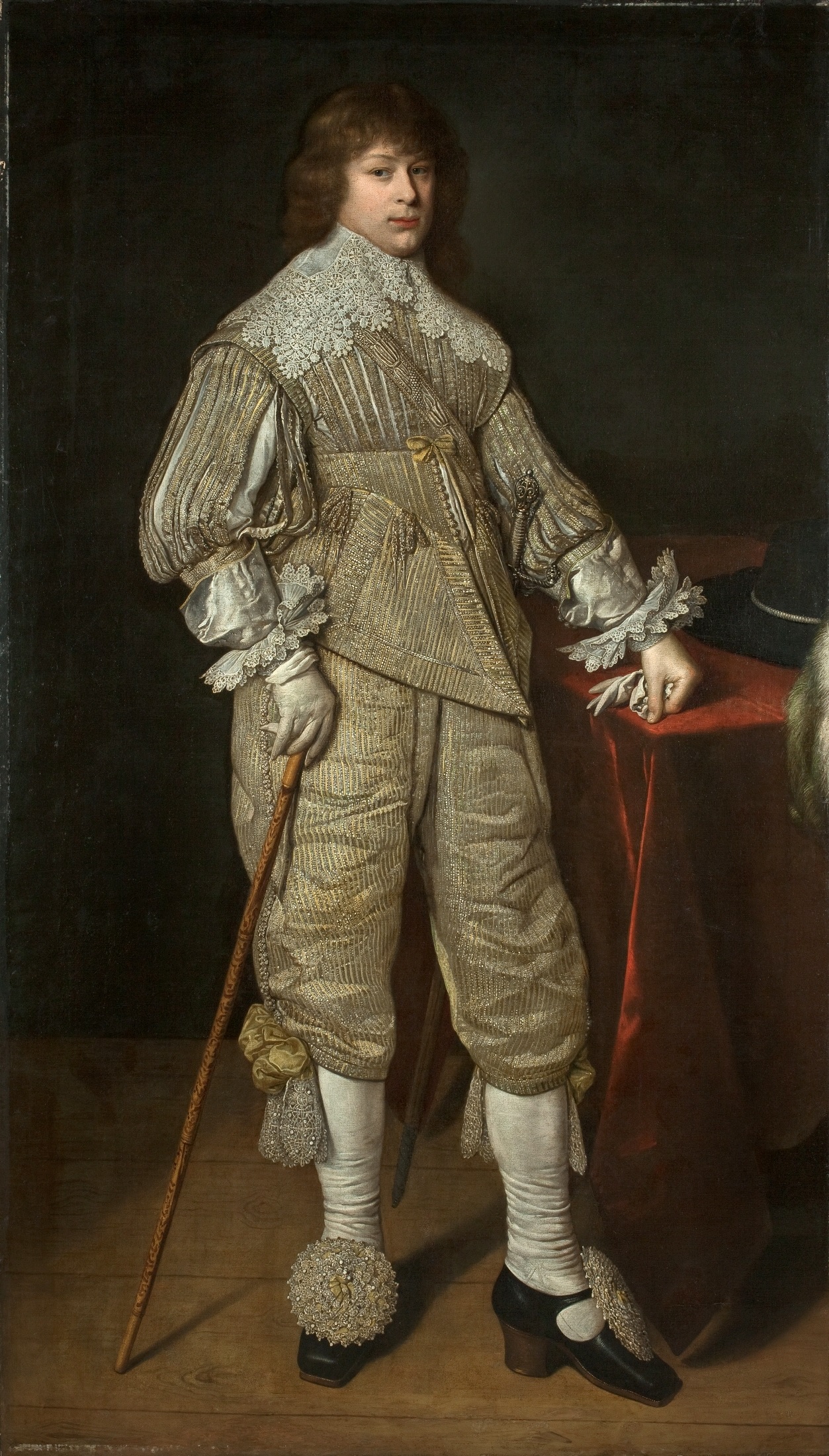|
Siege Of Smolensk (1654)
The siege of Smolensk was one of the first great events of the Russo-Polish War (1654–67). Smolensk, which had been under the rule of the Polish–Lithuanian Commonwealth during 1404–1514 and since 1611, was besieged by a Russian army in June 1654. The Polish garrison of the city (commanded by Smolensk Voivode Filip Obuchowicz) hoped to get reinforcements from the army of Janusz Radziwiłł (1612–1655), stationed in Orsha. Its situation worsened when Radziwiłł suffered a defeat from Prince Yakov Cherkassky in the Battle of Shklow. In September, the Polish garrison agreed to leave the city after it was promised a free retreat. The garrison left Smolensk and handed over its weapons and ensigns to the Russians before retreating to the Commonwealth-controlled territory. A significant number of landowners, however, preferred to stay and keep their estates, becoming subjects of the Russian Tsardom The Tsardom of Russia or Tsardom of Rus' also externally referenced as the ... [...More Info...] [...Related Items...] OR: [Wikipedia] [Google] [Baidu] |
Russo-Polish War (1654–67)
Armed conflicts between Poland (including the Polish–Lithuanian Commonwealth) and Russia (including the Soviet Union) include: Originally a Polish civil war that Russia, among others, became involved in. Originally a Hungarian revolution but was joined with Polish force on Hungarian side against Austria and Russia. Part of the broader Russian Revolution of 1905. See also * * * * * – in most of which Kingdom of Poland was allied with the Grand Duchy of Lithuania The Grand Duchy of Lithuania was a European state that existed from the 13th century to 1795, when the territory was partitioned among the Russian Empire, the Kingdom of Prussia, and the Habsburg Empire of Austria. The state was founded by Lit ... * * * * * * References {{DEFAULTSORT:Polish-Russian War Lists of military conflicts ... [...More Info...] [...Related Items...] OR: [Wikipedia] [Google] [Baidu] |
Orsha
Orsha ( be, О́рша, Во́рша, Orša, Vorša; russian: О́рша ; lt, Orša, pl, Orsza) is a city in Belarus in the Vitebsk Region, on the fork of the Dnieper and Arshytsa rivers. History Orsha was first mentioned in 1067 as Rsha, making it one of the oldest towns in Belarus. The town was named after the river, which was originally also named Rsha, probably from a Baltic root *''rus'' 'slowly flowing.' In 1320, Orsha became a part of the Grand Duchy of Lithuania. Between 1398–1407, the Orsha castle was built. On 8 September 1514 the famous Battle of Orsha occurred, between allied Grand Duchy of Lithuania with Kingdom of Poland and Muscovite army. [...More Info...] [...Related Items...] OR: [Wikipedia] [Google] [Baidu] |
Sieges Involving The Grand Duchy Of Lithuania
A siege is a military blockade of a city, or fortress, with the intent of conquering by attrition, or a well-prepared assault. This derives from la, sedere, lit=to sit. Siege warfare is a form of constant, low-intensity conflict characterized by one party holding a strong, static, defensive position. Consequently, an opportunity for negotiation between combatants is common, as proximity and fluctuating advantage can encourage diplomacy. The art of conducting and resisting sieges is called siege warfare, siegecraft, or poliorcetics. A siege occurs when an attacker encounters a city or fortress that cannot be easily taken by a quick assault, and which refuses to surrender. Sieges involve surrounding the target to block the provision of supplies and the reinforcement or escape of troops (a tactic known as "investment"). This is typically coupled with attempts to reduce the fortifications by means of siege engines, artillery bombardment, mining (also known as sapping), or the use ... [...More Info...] [...Related Items...] OR: [Wikipedia] [Google] [Baidu] |
Sieges Involving Russia
A siege is a military blockade of a city, or fortress, with the intent of conquering by attrition, or a well-prepared assault. This derives from la, sedere, lit=to sit. Siege warfare is a form of constant, low-intensity conflict characterized by one party holding a strong, static, defensive position. Consequently, an opportunity for negotiation between combatants is common, as proximity and fluctuating advantage can encourage diplomacy. The art of conducting and resisting sieges is called siege warfare, siegecraft, or poliorcetics. A siege occurs when an attacker encounters a city or fortress that cannot be easily taken by a quick assault, and which refuses to surrender. Sieges involve surrounding the target to block the provision of supplies and the reinforcement or escape of troops (a tactic known as "investment"). This is typically coupled with attempts to reduce the fortifications by means of siege engines, artillery bombardment, mining (also known as sapping), or the us ... [...More Info...] [...Related Items...] OR: [Wikipedia] [Google] [Baidu] |
Sieges Involving Poland
A siege is a military blockade of a city, or fortress, with the intent of conquering by attrition, or a well-prepared assault. This derives from la, sedere, lit=to sit. Siege warfare is a form of constant, low-intensity conflict characterized by one party holding a strong, static, defensive position. Consequently, an opportunity for negotiation between combatants is common, as proximity and fluctuating advantage can encourage diplomacy. The art of conducting and resisting sieges is called siege warfare, siegecraft, or poliorcetics. A siege occurs when an attacker encounters a city or fortress that cannot be easily taken by a quick assault, and which refuses to surrender. Sieges involve surrounding the target to block the provision of supplies and the reinforcement or escape of troops (a tactic known as "investment"). This is typically coupled with attempts to reduce the fortifications by means of siege engines, artillery bombardment, mining (also known as sapping), or the us ... [...More Info...] [...Related Items...] OR: [Wikipedia] [Google] [Baidu] |
1654 In Europe
Events January–March * January 6– In India, Jaswant Singh of Marwar (in what is now the state of Rajasthan) is elevated to the title of Maharaja by Emperor Shah Jahan. * January 11– In the Battle of Río Bueno in southern Chile during the Arauco War, the indigenous Huilliche warriors rout Spanish troops from Fort Nacimiento who are attempting to cross the Bueno River. * January 26– Portugal recaptures the South American city of Recife from the Netherlands after a siege of more than two years during the Dutch-Portuguese War, bringing an end to Dutch rule of what is now Brazil. The Dutch West India Company had held the city (which they called Mauritsstad) for more than 23 years. * February 9– Spanish troops led by Don Gabriel de Rojas y Figueroa successfully attack the Fort de Rocher, a pirate-controlled base on the Caribbean island of Tortuga. * February 10– The Battle of Tullich takes place in Aberdeenshire in Scotland during Gle ... [...More Info...] [...Related Items...] OR: [Wikipedia] [Google] [Baidu] |
Conflicts In 1654
Conflict may refer to: Arts, entertainment, and media Films * ''Conflict'' (1921 film), an American silent film directed by Stuart Paton * ''Conflict'' (1936 film), an American boxing film starring John Wayne * ''Conflict'' (1937 film), a Swedish drama film directed by Per-Axel Branner * ''Conflict'' (1938 film), a French drama film directed by Léonide Moguy * ''Conflict'' (1945 film), an American suspense film starring Humphrey Bogart * ''Catholics: A Fable'' (1973 film), or ''The Conflict'', a film starring Martin Sheen * ''Judith'' (1966 film) or ''Conflict'', a film starring Sophia Loren * ''Samar'' (1999 film) or ''Conflict'', a 1999 Indian film by Shyam Benegal Games * ''Conflict'' (series), a 2002–2008 series of war games for the PS2, Xbox, and PC * ''Conflict'' (video game), a 1989 Nintendo Entertainment System war game * '' Conflict: Middle East Political Simulator'', a 1990 strategy computer game Literature and periodicals * ''Conflict'' (novel) ... [...More Info...] [...Related Items...] OR: [Wikipedia] [Google] [Baidu] |
Russian Tsardom
The Tsardom of Russia or Tsardom of Rus' also externally referenced as the Tsardom of Muscovy, was the centralized Russian state from the assumption of the title of Tsar by Ivan IV in 1547 until the foundation of the Russian Empire by Peter I in 1721. From 1551 to 1700, Russia grew by 35,000 km2 per year. The period includes the upheavals of the transition from the Rurik to the Romanov dynasties, wars with the Polish–Lithuanian Commonwealth, Sweden and the Ottoman Empire, and the Russian conquest of Siberia, to the reign of Peter the Great, who took power in 1689 and transformed the Tsardom into the Russian Empire. During the Great Northern War, he implemented substantial reforms and proclaimed the Russian Empire after victory over Sweden in 1721. Name While the oldest endonyms of the Grand Duchy of Moscow used in its documents were "Rus'" () and the "Russian land" (), a new form of its name, ''Rusia'' or ''Russia'', appeared and became common in the 15th century. In ... [...More Info...] [...Related Items...] OR: [Wikipedia] [Google] [Baidu] |
Battle Of Shklow (1654)
The Battle of Szkłów or battle of Shkloŭ or battle of Shklov on August 12, 1654 was one of the first battles of the Russo-Polish War (1654–67); it ended with a Polish victory. A small Polish–Lithuanian force of about 6,000–7,000 under Great Lithuanian Hetman Janusz Radziwiłł surprised a numerically superior Russian force (of 40,000; some estimates speak of 70,000, but they are likely too high) under knyaz Yakov Cherkassky near Shklow ( pl, Szkłów). The battle took place during a solar eclipse. The Russian forces, due to their surprise, were engaged by the Poles unprepared and in smaller portions, which were defeated in turn. Eventually the Poles forced the entire Russian army to retreat; the losses are estimated at about 700 for the Poles and 7,000 for the Russians (although they may be overestimated for both sides). Prelude The conflict was triggered by the Khmelnytsky Rebellion of Ukrainian Cossacks against the Polish–Lithuanian Commonwealth. The Cossack leader, ... [...More Info...] [...Related Items...] OR: [Wikipedia] [Google] [Baidu] |
Yakov Cherkassky
Yakov (alternative spellings: Jakov or Iakov, cyrl, Яков) is a Russian or Hebrew variant of the given names Jacob (name), Jacob and James (name), James. People also give the nickname Yasha ( cyrl, Яша) or Yashka ( cyrl, Яшка) used for Yakov. Notable people People named Yakov * Yakov Blumkin (1900–1929), a Left Socialist-Revolutionary * Yakov Cherevichenko (1894–1976), Soviet military leader * Yakov Chubin (1893–1956), Soviet official * Yakov Dzhugashvili (1907–1943), the oldest son of Joseph Stalin * Yakov Eliashberg (born 1946), American mathematician * Yakov Ehrlich (born 1988), former Russian football player * Yakov Eshpay (1890–1963), Soviet composer * Yakov Estrin (1923–1987), Soviet chess player * Yakov Fedorenko (1896–1947), Soviet military leader * Yakov Frenkel (1894–1952), Soviet physicist * Yakov Fliyer (1912–1977), Soviet pianist * Yakov Gakkel (1901–1965), Soviet oceanographer * Yan Gamarnik, Yakov "Yan" Gamarnik (1894–1937), Soviet off ... [...More Info...] [...Related Items...] OR: [Wikipedia] [Google] [Baidu] |
Janusz Radziwiłł (1612–1655)
Prince Janusz Radziwiłł, also known as Janusz the Second or Janusz the Younger ( lt, Jonušas Radvila, 2 December 1612 – 31 December 1655) was a noble and magnate in the Polish–Lithuanian Commonwealth. Throughout his life he occupied a number of posts in the state administration, including that of Court Chamberlain of Lithuania (from 1633), Field Hetman of Lithuania (from 1646) and Grand Hetman of Lithuania (from 1654). He was also a voivode of Vilna Voivodeship (from 1653), as well as a starost of Samogitia, Kamieniec, Kazimierz and Sejwy. He was a protector of the Protestant religion in Lithuania and sponsor of many Protestant schools and churches. For several decades, the interests between the Radziwłł family and the state (Polish–Lithuanian Commonwealth) had begun to drift apart, as the Radziwiłłs increased their magnate status and wealth. Their attempts to acquire more political power in the Grand Duchy of Lithuania culminated in the doings of Janusz Radziwił ... [...More Info...] [...Related Items...] OR: [Wikipedia] [Google] [Baidu] |
Smolensk
Smolensk ( rus, Смоленск, p=smɐˈlʲensk, a=smolensk_ru.ogg) is a city and the administrative center of Smolensk Oblast, Russia, located on the Dnieper River, west-southwest of Moscow. First mentioned in 863, it is one of the oldest cities in Russia. Population: The city has been destroyed several times throughout its long history because it was on the invasion routes of various empires. Smolensk is known for its electronics, textiles, food processing, and diamond faceting industries. Etymology The name of the city is derived from the name of the Smolnya River. Smolnya river flows through Karelian and Murmansk areas of north-western Russia. The origin of the river's name is less clear. One possibility is the old Slavic word () for black soil, which might have colored the waters of the Smolnya. An alternative origin could be the Russian word (), which means resin, tar, or pitch. Pine trees grow in the area, and the city was once a center of resin processing and t ... [...More Info...] [...Related Items...] OR: [Wikipedia] [Google] [Baidu] |

_(1781).png)





